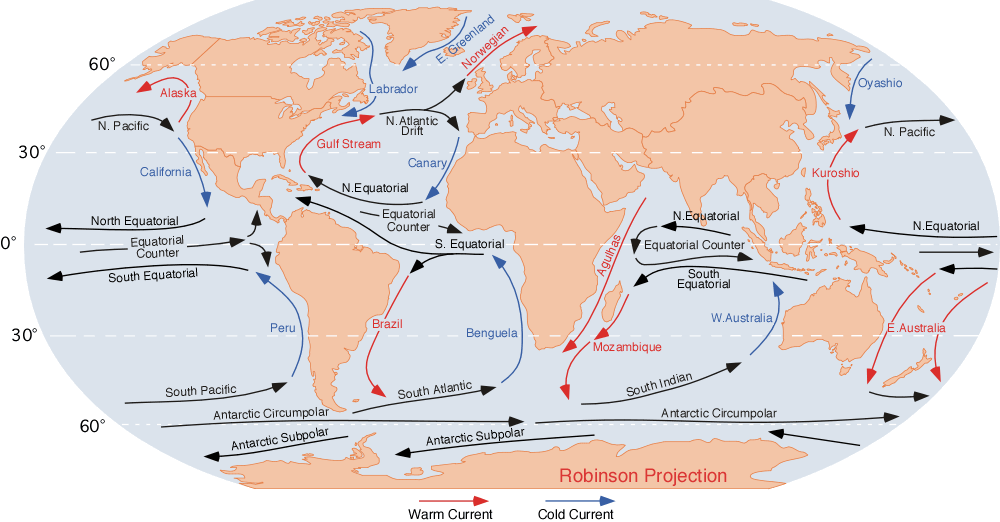Scuba diving
- Introduction to Scuba Diving
- Understanding the Underwater Environment
- Scuba Diving Techniques
- Scuba Diving Equipment in Detail
- Health and Fitness for Scuba Diving
- Advanced Diving Techniques
- Rescue and Emergency Procedures
- Dive Planning and Logistics
- Underwater Photography and Videography
- Specialized Diving
- Career Opportunities in Scuba Diving
- Legal and Ethical Considerations
Understanding the Underwater Environment
Understanding Ocean Currents and Tides for Scuba Diving

Continuous flow of ocean water.
Ocean currents and tides play a significant role in scuba diving. They can affect visibility, marine life behavior, and overall diving conditions. Therefore, understanding these elements is crucial for planning and executing a safe and enjoyable dive.
Basic Oceanography
Ocean currents are continuous, directed movements of seawater. They are generated by various factors, including wind, temperature, salinity differences, and the rotation of the Earth. Currents can be surface currents, which affect the top 400 meters of the ocean, or deep water currents, which move water in the deeper parts of the ocean.
Tides, on the other hand, are the rise and fall of sea levels caused by the combined effects of gravitational forces exerted by the Moon, Sun, and the rotation of the Earth. There are two main types of tides: spring tides, which occur during full and new moons and result in the highest high tides and the lowest low tides, and neap tides, which occur during the first and third quarter moons and result in less extreme tides.
How Ocean Conditions Affect Diving
Ocean currents can significantly impact your diving experience. For instance, strong currents can make it challenging to navigate underwater and may increase your air consumption. On the other hand, diving in a current can also be exhilarating and allow you to cover large areas without much effort, a practice known as drift diving.
Tides also affect diving conditions. High tides often bring better visibility and easier entry and exit from the water, while low tides may expose hazards such as rocks and reefs. Furthermore, the changing tides can cause currents, which can affect your dive plan.
Techniques for Diving in Currents
When diving in currents, it's essential to plan your dive carefully. Always start your dive against the current, so you can return with the current, saving energy and air. Use the seabed or reef as a reference to help maintain your position and avoid being swept away. If the current is too strong, abort the dive - safety should always be your top priority.
Understanding Tide Tables
Tide tables, available online or in maritime publications, can help you plan your dives. They provide information about the timing and height of high and low tides. By understanding how to read a tide table, you can choose the optimal time for your dive based on the tide conditions.
In conclusion, understanding ocean currents and tides is crucial for safe and enjoyable scuba diving. By taking these factors into account when planning your dives, you can enhance your diving experience and better appreciate the wonders of the underwater world.